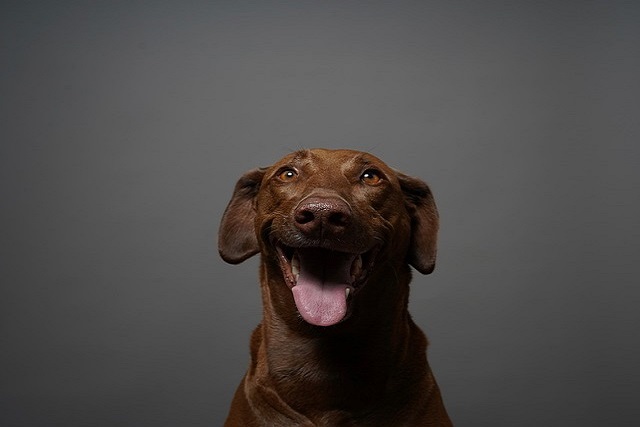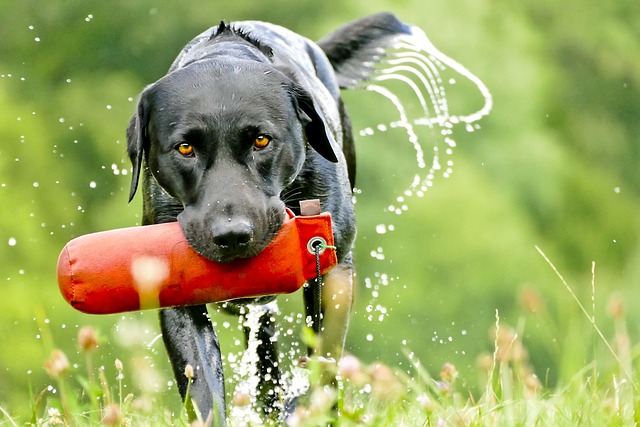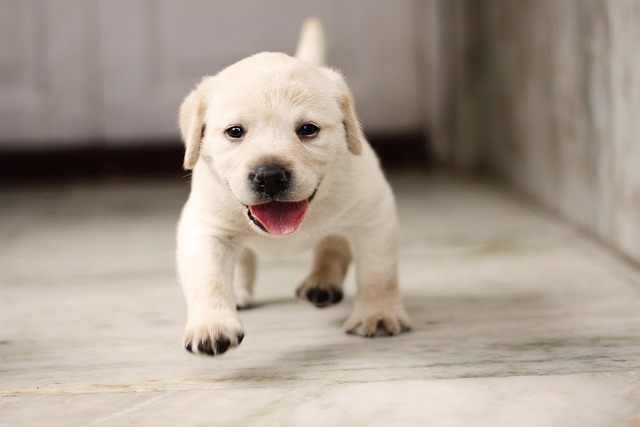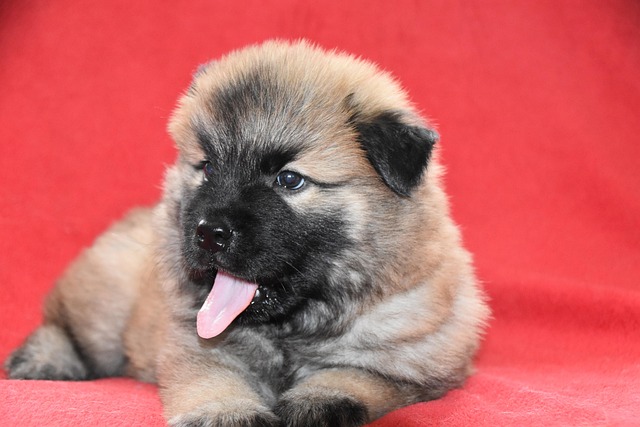When we bring a cute dog home, we will soon face a practical problem: how to guide the dog to excrete in an appropriate place and avoid having "accident scenes" all over the house. Many pet owners have wondered: is it possible to train a dog to excrete in a specific place? The answer is yes. As long as we use scientific methods and invest enough patience, every dog can learn to meet its physiological needs in the designated location.
Dogs are born with the instincts of marking their territory and keeping their living environment clean. In the wild, they will excrete away from the places where they rest and eat. When we train dogs to excrete in a specific place, we are exactly taking advantage of this instinct. Through artificial guidance, we let them establish a connection between a specific area in the house and the act of excretion. Understanding this is crucial for training dogs, as it allows us to understand the dog's behavioral motivation and develop more effective training strategies.
Before starting the training, choose a suitable excretion location for the dog. This location should be easily accessible to the dog and, at the same time, as far away as possible from its resting and eating areas. If you choose a specific corner indoors, you can lay a special pee pad or place a litter box. If you plan to let the dog excrete outdoors, select a fixed and easily accessible place. Each time you take the dog there, use the same route to help the dog form a memory. At the same time, prepare some small snacks as rewards, such as dried chicken and cheese cubes. When the dog excretes in the designated place, give the reward in a timely manner so that the dog associates excreting in a specific place with receiving a reward.
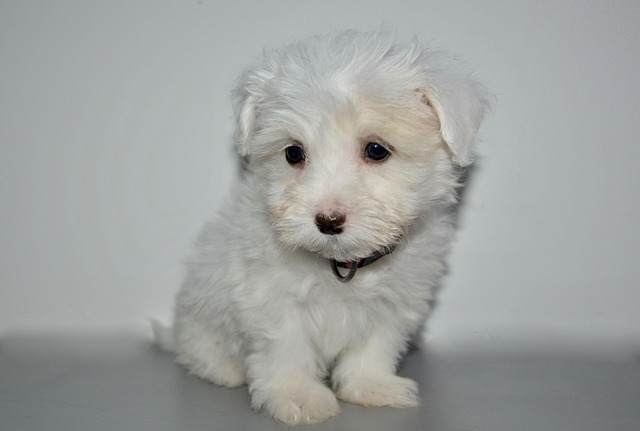 The training process should follow the principle of gradual progress, and patience is the key. The bladder and intestinal control ability of puppies has not been fully developed, and they may need to excrete every 1 to 2 hours. The owner should pay attention to the dog's behavioral signals, such as sniffing the ground, turning in circles, and being restless. These are usually signals that the dog needs to excrete. Once you find these signals, immediately take the dog to the designated excretion place. When the dog is excreting, keep quiet and do not disturb it, allowing the dog to complete the excretion in a relaxed atmosphere. When the dog successfully excretes in the designated place, give praise and rewards in a timely manner. You can stroke the dog's head, praise it in a gentle and excited tone, and at the same time give a snack as a reward. This positive feedback allows the dog to understand that its behavior is correct, thus strengthening the memory.
The training process should follow the principle of gradual progress, and patience is the key. The bladder and intestinal control ability of puppies has not been fully developed, and they may need to excrete every 1 to 2 hours. The owner should pay attention to the dog's behavioral signals, such as sniffing the ground, turning in circles, and being restless. These are usually signals that the dog needs to excrete. Once you find these signals, immediately take the dog to the designated excretion place. When the dog is excreting, keep quiet and do not disturb it, allowing the dog to complete the excretion in a relaxed atmosphere. When the dog successfully excretes in the designated place, give praise and rewards in a timely manner. You can stroke the dog's head, praise it in a gentle and excited tone, and at the same time give a snack as a reward. This positive feedback allows the dog to understand that its behavior is correct, thus strengthening the memory.
If the dog excretes in the wrong place, do not punish it. The dog does not know that its behavior is wrong. Punishment will only make them feel scared and confused. It may even cause the dog to be afraid to excrete in front of the owner and secretly solve the problem in a more hidden place, increasing the difficulty of training. The correct way is to clean up the excrement with a tissue, try to reduce the odor residue, and prevent the dog from being attracted by the odor again.
In addition to seizing the opportunity, consistency is also very important. All members of the family should understand the training plan and use the same method. If someone allows the dog to excrete in the wrong place or fails to give a reward when the dog excretes correctly, it will make the dog confused and affect the training effect. In addition, the training time may vary depending on the dog's age, breed, and personality. Some dogs may learn in just a few days, while some dogs may take weeks or even months. During the training process, the owner should be patient and not give up because of slow progress. As long as the training is persisted in, the dog will eventually learn to excrete in a specific place.
Training a dog to excrete in a specific place can not only make our lives cleaner and more orderly but also strengthen the trust and communication between us and the dog. When the dog learns to excrete in the designated place and sees the owner happy because of its correct behavior, it will also feel a sense of accomplishment and the joy of being recognized. This positive interaction can make the dog more dependent on and trusting of the owner, deepening the emotional bond between them.
In short, it is feasible to train a dog to excrete in a specific place. As long as we understand the dog's behavioral characteristics, use scientific methods, and show enough patience and love, we can help the dog develop good excretion habits.
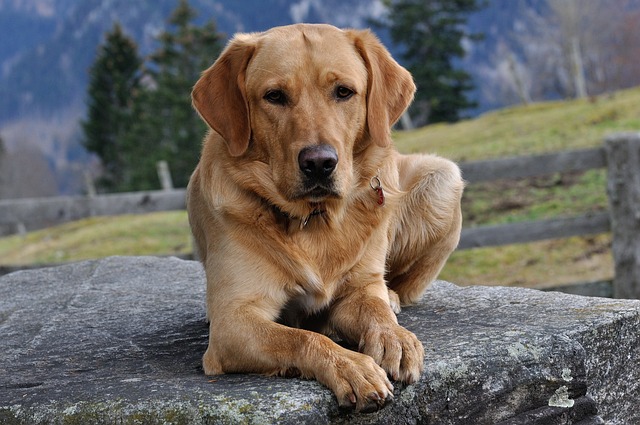
 The training process should follow the principle of gradual progress, and patience is the key. The bladder and intestinal control ability of puppies has not been fully developed, and they may need to excrete every 1 to 2 hours. The owner should pay attention to the dog's behavioral signals, such as sniffing the ground, turning in circles, and being restless. These are usually signals that the dog needs to excrete. Once you find these signals, immediately take the dog to the designated excretion place. When the dog is excreting, keep quiet and do not disturb it, allowing the dog to complete the excretion in a relaxed atmosphere. When the dog successfully excretes in the designated place, give praise and rewards in a timely manner. You can stroke the dog's head, praise it in a gentle and excited tone, and at the same time give a snack as a reward. This positive feedback allows the dog to understand that its behavior is correct, thus strengthening the memory.
The training process should follow the principle of gradual progress, and patience is the key. The bladder and intestinal control ability of puppies has not been fully developed, and they may need to excrete every 1 to 2 hours. The owner should pay attention to the dog's behavioral signals, such as sniffing the ground, turning in circles, and being restless. These are usually signals that the dog needs to excrete. Once you find these signals, immediately take the dog to the designated excretion place. When the dog is excreting, keep quiet and do not disturb it, allowing the dog to complete the excretion in a relaxed atmosphere. When the dog successfully excretes in the designated place, give praise and rewards in a timely manner. You can stroke the dog's head, praise it in a gentle and excited tone, and at the same time give a snack as a reward. This positive feedback allows the dog to understand that its behavior is correct, thus strengthening the memory.